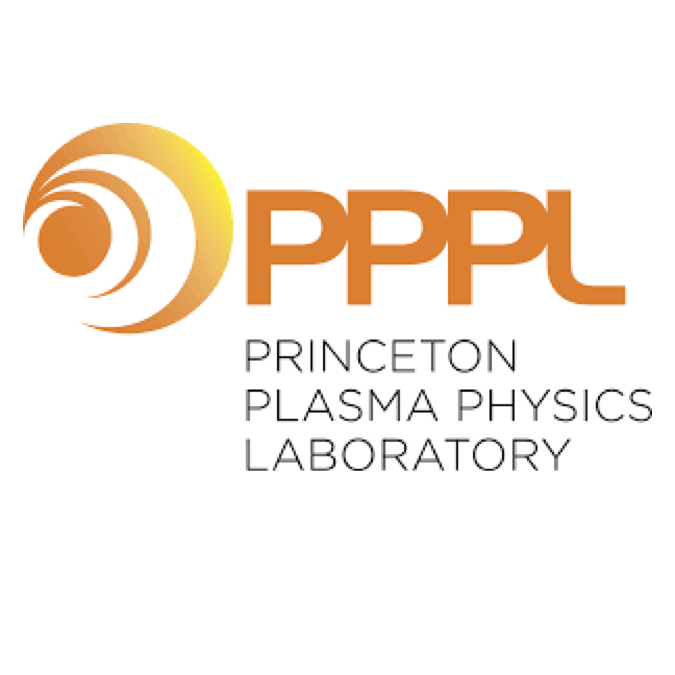Safety Factor Profile Regulation via Self-triggered Model Predictive Control in the EAST Tokamak
Z. Wang, S.-T. Paruchuri, L. Yang, E. Schuster
American Control Conference (ACC)
Toronto, Canada, July 8-12, 2024
|
Abstract
|

|
The tokamak, a viable option for harnessing
nuclear fusion energy, employs strong helical magnetic fields
to confine a plasma (ionized gas) within a toroidal vacuum
chamber. Optimal performance in tokamaks necessitates sophisticated
control mechanisms to shape the spatial profiles
of specific plasma properties. One such property is the safety
factor q, which measures the pitch of the helical magnetic field
lines. The dynamics of the q profile in tokamaks depends on
the gradient of the poloidal magnetic flux, which is governed
by a nonlinear partial differential equation referred to as the
magnetic diffusion equation. In this work, model predictive
control (MPC) is proposed to regulate the q profile in the EAST
tokamak. The finite-horizon optimal control problem (FHOCP)
associated with the MPC approach is defined with the goal of
minimizing the tracking error between observed and target gradients
of the poloidal magnetic flux while satisfying input and
state constraints. To address the optimization problem in real
time, a simplified model is derived from the magnetic diffusion
equation. As a difference from previous efforts in this area,
a self-triggered mechanism is implemented within the MPC
algorithm to prevent redundant computations arising in fixed
sampling-time MPC schemes. Simulation studies show that the
proposed controller has the capability of regulating the q profile
through the manipulation of the plasma current and the heating
and current-drive powers. A comparison with regular fixed-
sampling-time MPC methods demonstrates that the proposed
self-triggered MPC strategy optimizes performance by avoiding
redundant computations and saving computational time.








